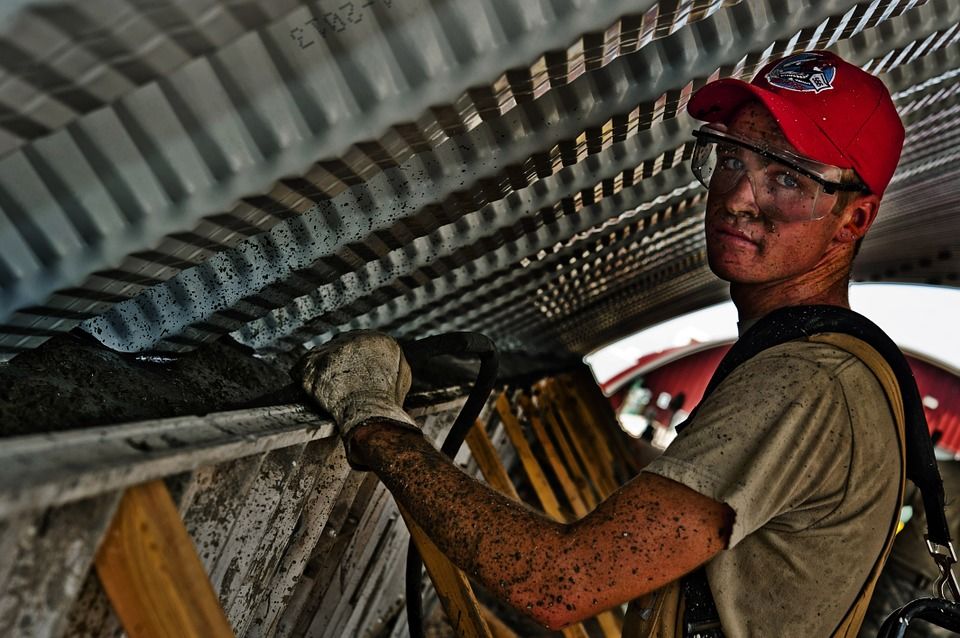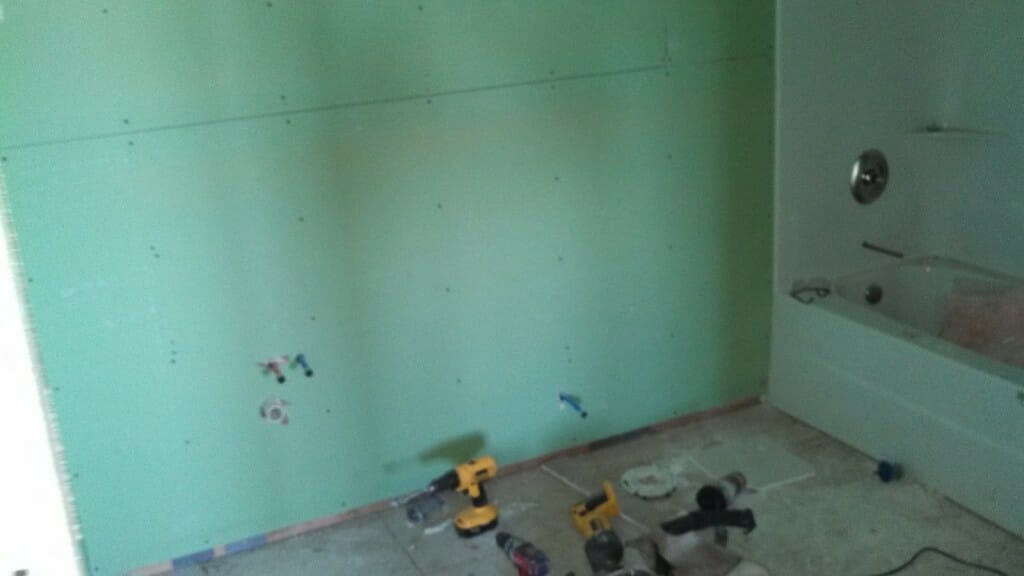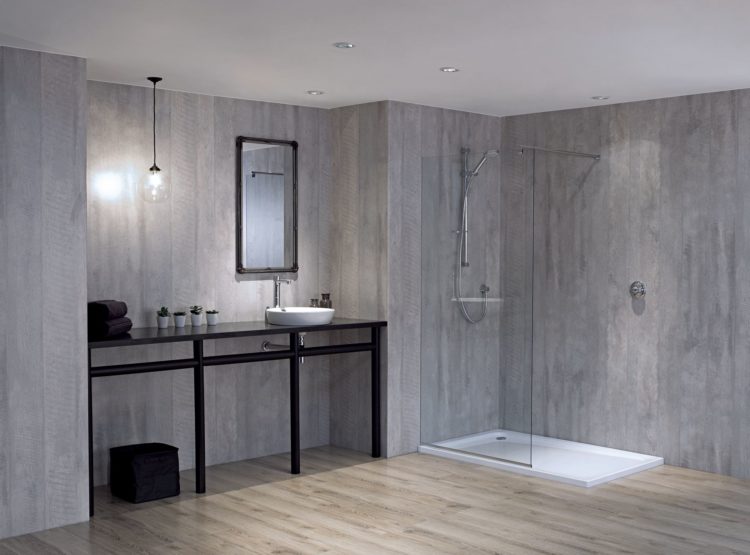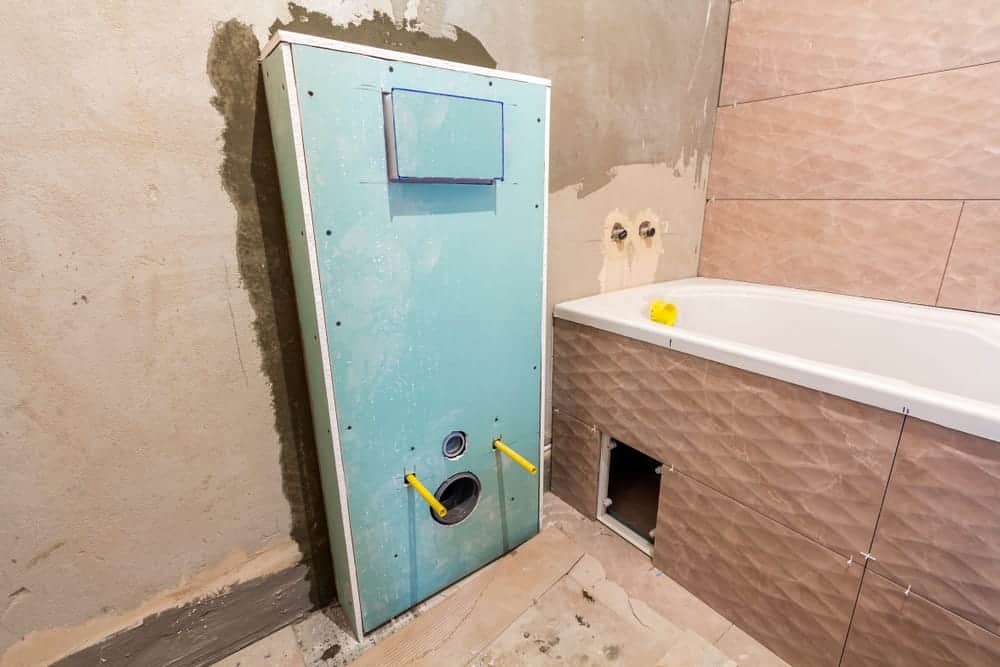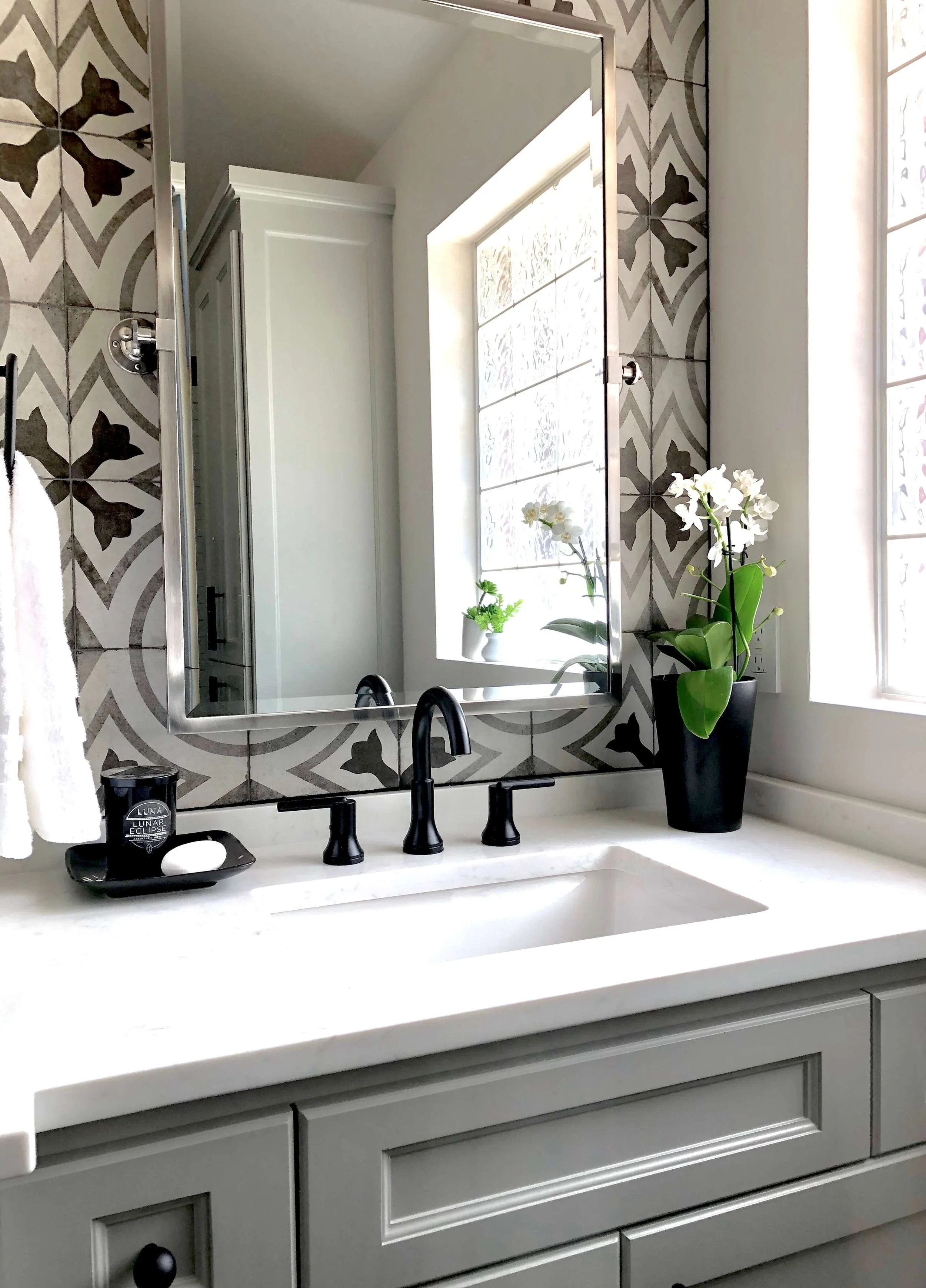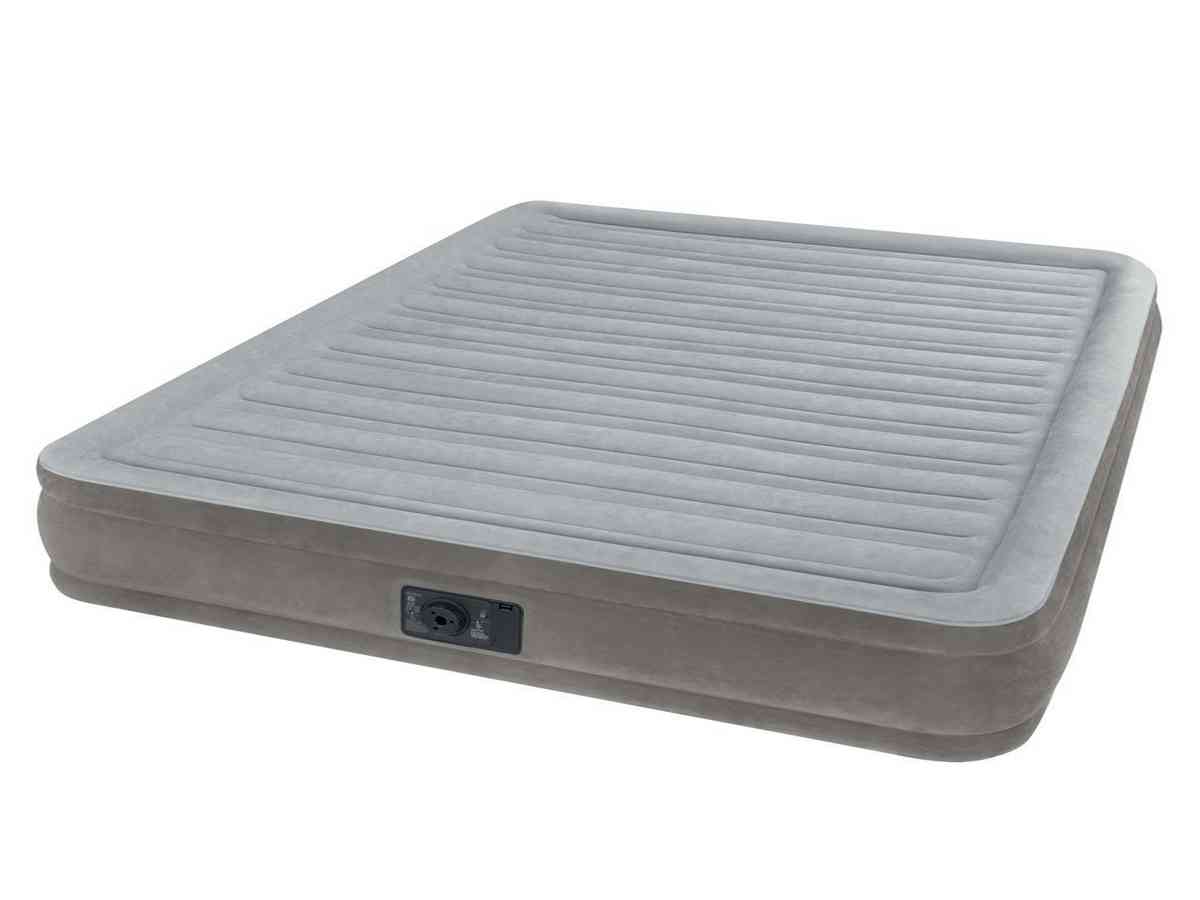The drywall behind a bathroom vanity is an essential element of any bathroom renovation or remodel. It serves as the foundation for the vanity and its backsplash, providing a smooth and sturdy surface for installation. However, installing drywall behind a bathroom vanity requires careful planning and attention to detail. In this article, we will discuss the top 10 things you need to know about drywall behind bathroom vanities.Drywall Behind Bathroom Vanity
The first step in installing drywall behind a bathroom vanity is to measure and cut the drywall panels to fit the size and shape of your vanity. Make sure to leave an extra inch or two on each side for any adjustments that may be needed during installation. Once the panels are cut, use screws to secure them to the wall studs, making sure to leave a gap between the panels and the floor to prevent moisture damage. After the drywall is installed, you can use joint compound and tape to cover any seams and create a smooth surface.How to Install Drywall Behind Bathroom Vanity
When installing drywall behind a bathroom vanity, it is important to use moisture-resistant drywall, also known as green board. This type of drywall is specially designed for use in areas with high moisture levels, such as bathrooms. It is also recommended to use screws instead of nails for a stronger and more secure installation. Additionally, make sure to leave a small gap between the drywall and the vanity to allow for any movement or expansion.Drywall Tips for Bathroom Vanity Installation
When it comes to choosing the best drywall for a bathroom vanity backsplash, moisture-resistant drywall is again the top choice. However, there are also other options available, such as cement board or fiber cement board, which are even more durable and resistant to moisture. These types of drywall are ideal for use in areas that are prone to water exposure, such as behind a bathroom vanity.Best Drywall for Bathroom Vanity Backsplash
If your drywall behind a bathroom vanity becomes damaged or starts to show signs of wear and tear, it is important to repair it as soon as possible to prevent further damage. The first step is to remove any damaged drywall and clean the area. Then, you can use joint compound to fill in any holes or cracks and smooth out the surface. Once the compound is dry, sand it down and repaint the area to match the surrounding wall.How to Repair Drywall Behind Bathroom Vanity
While drywall is the most common material used for bathroom vanity backsplashes, there are also other alternatives available. Some popular options include tile, stone, or even wallpaper. These materials not only provide a unique and stylish look, but they are also more resistant to moisture and can be easier to clean and maintain compared to drywall.Drywall Alternatives for Bathroom Vanity Backsplash
One of the most common problems with drywall behind a bathroom vanity is moisture damage. If the drywall is not properly installed or sealed, it can become susceptible to water damage and mold growth. It is important to regularly check for any signs of moisture, such as discoloration or soft spots, and address them immediately to prevent further damage. Additionally, cracks or holes in the drywall can also occur over time, and these should be repaired as soon as possible to maintain the integrity of the wall.Common Problems with Drywall Behind Bathroom Vanity
When installing drywall behind a bathroom vanity, there are a few essential tools that you will need. These include a measuring tape, utility knife, drywall saw, drill, and screws. It is also helpful to have a level and a T-square to ensure the drywall is properly aligned and straight. Additionally, having a joint compound and a taping knife will be necessary for finishing off the installation.Drywall Installation Tools for Bathroom Vanity
Waterproofing the drywall behind a bathroom vanity is crucial to prevent moisture damage. This can be done by applying a waterproofing membrane or sealant over the drywall, especially in areas that are prone to water exposure, such as around the sink and faucet. It is also important to properly seal any joints or seams to prevent water from seeping through.How to Waterproof Drywall Behind Bathroom Vanity
If your bathroom vanity backsplash has become damaged or worn over time, there are a few repair techniques you can use to restore it. If the damage is minor, you can simply use joint compound and sandpaper to smooth out the surface and repaint it. However, if the damage is more severe, you may need to replace the drywall altogether. It is important to properly seal and waterproof the new drywall to prevent future damage.Drywall Repair Techniques for Bathroom Vanity Backsplash
Drywall Behind Bathroom Vanity: A Guide to Proper Installation
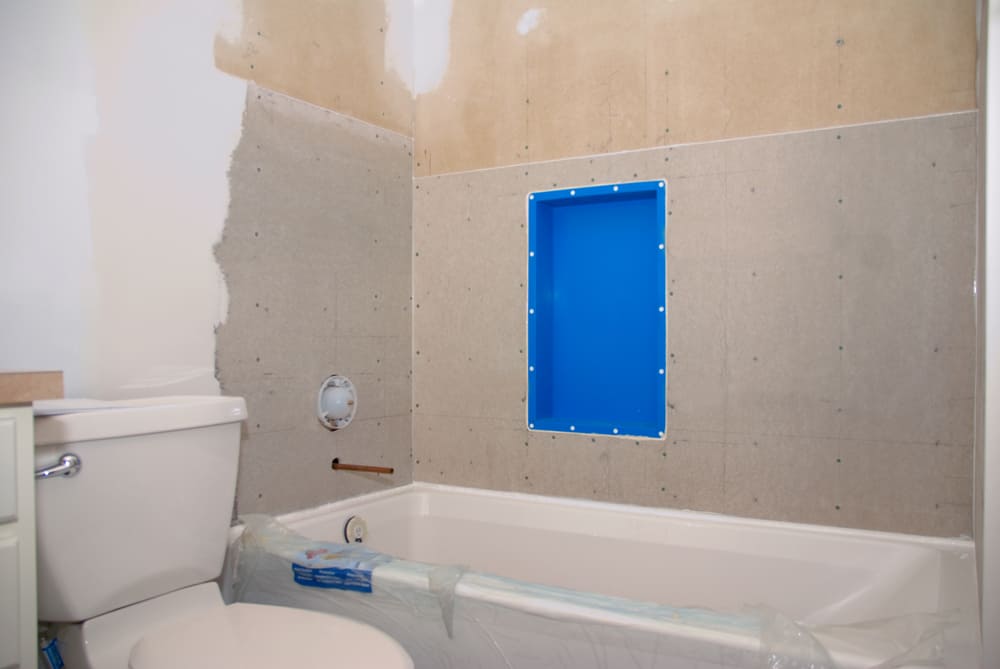
Introduction
 When it comes to house design, the bathroom is often overlooked but is an essential part of any home. From choosing the perfect tiles to installing the right fixtures, every detail matters in creating a functional and aesthetically pleasing bathroom. One crucial element that is often overlooked is the drywall behind the bathroom vanity. This article will provide a guide to properly installing drywall behind the bathroom vanity to ensure a sturdy and long-lasting bathroom design.
When it comes to house design, the bathroom is often overlooked but is an essential part of any home. From choosing the perfect tiles to installing the right fixtures, every detail matters in creating a functional and aesthetically pleasing bathroom. One crucial element that is often overlooked is the drywall behind the bathroom vanity. This article will provide a guide to properly installing drywall behind the bathroom vanity to ensure a sturdy and long-lasting bathroom design.
The Importance of Drywall Behind Bathroom Vanity
 Drywall is a material commonly used in interior construction, and its main purpose is to provide a smooth and solid surface for painting or wallpapering. In the bathroom, drywall is particularly important as it serves as a moisture barrier between the bathroom fixtures and the rest of the house. The drywall behind the bathroom vanity is especially crucial as it protects the wall from any water damage that may occur from daily use of the sink and vanity.
Featured keyword: drywall behind bathroom vanity
Drywall is a material commonly used in interior construction, and its main purpose is to provide a smooth and solid surface for painting or wallpapering. In the bathroom, drywall is particularly important as it serves as a moisture barrier between the bathroom fixtures and the rest of the house. The drywall behind the bathroom vanity is especially crucial as it protects the wall from any water damage that may occur from daily use of the sink and vanity.
Featured keyword: drywall behind bathroom vanity
Proper Installation Steps
 To ensure the proper installation of drywall behind the bathroom vanity, follow these steps:
1. Measure and Cut the Drywall
Measure the area behind the bathroom vanity and cut the drywall accordingly. Make sure to leave a small gap between the bottom of the drywall and the top of the vanity to allow for expansion and contraction.
2. Apply Adhesive and Screw in Place
Using construction adhesive, apply a thin layer on the back of the drywall and gently press it against the wall. Then, use screws to secure the drywall in place. Make sure to use screws that are specifically designed for drywall installation.
3. Tape and Mud the Seams
Once the drywall is secured, use drywall tape to cover the seams. Then, apply a thin layer of joint compound or mud over the tape and let it dry. Sand the surface lightly to achieve a smooth finish.
4. Paint or Wallpaper
After the mud is dry, you can paint or wallpaper over the drywall as desired. Make sure to use a moisture-resistant primer and paint to protect the drywall from any water damage.
Related keywords: bathroom vanity, house design, drywall installation, moisture-resistant primer
To ensure the proper installation of drywall behind the bathroom vanity, follow these steps:
1. Measure and Cut the Drywall
Measure the area behind the bathroom vanity and cut the drywall accordingly. Make sure to leave a small gap between the bottom of the drywall and the top of the vanity to allow for expansion and contraction.
2. Apply Adhesive and Screw in Place
Using construction adhesive, apply a thin layer on the back of the drywall and gently press it against the wall. Then, use screws to secure the drywall in place. Make sure to use screws that are specifically designed for drywall installation.
3. Tape and Mud the Seams
Once the drywall is secured, use drywall tape to cover the seams. Then, apply a thin layer of joint compound or mud over the tape and let it dry. Sand the surface lightly to achieve a smooth finish.
4. Paint or Wallpaper
After the mud is dry, you can paint or wallpaper over the drywall as desired. Make sure to use a moisture-resistant primer and paint to protect the drywall from any water damage.
Related keywords: bathroom vanity, house design, drywall installation, moisture-resistant primer
Conclusion
 In conclusion, installing drywall behind the bathroom vanity is a crucial step in creating a functional and durable bathroom design. By following the proper installation steps, you can ensure that your bathroom remains free from water damage and maintains its aesthetic appeal for years to come. Remember to use the right materials and techniques to achieve the best results.
In conclusion, installing drywall behind the bathroom vanity is a crucial step in creating a functional and durable bathroom design. By following the proper installation steps, you can ensure that your bathroom remains free from water damage and maintains its aesthetic appeal for years to come. Remember to use the right materials and techniques to achieve the best results.



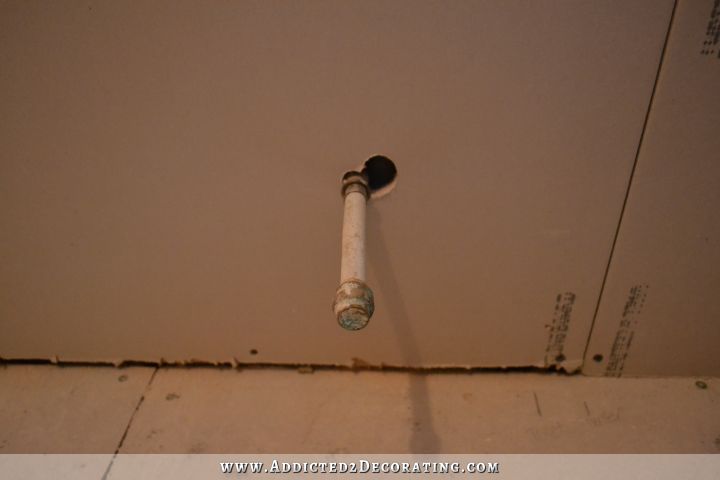









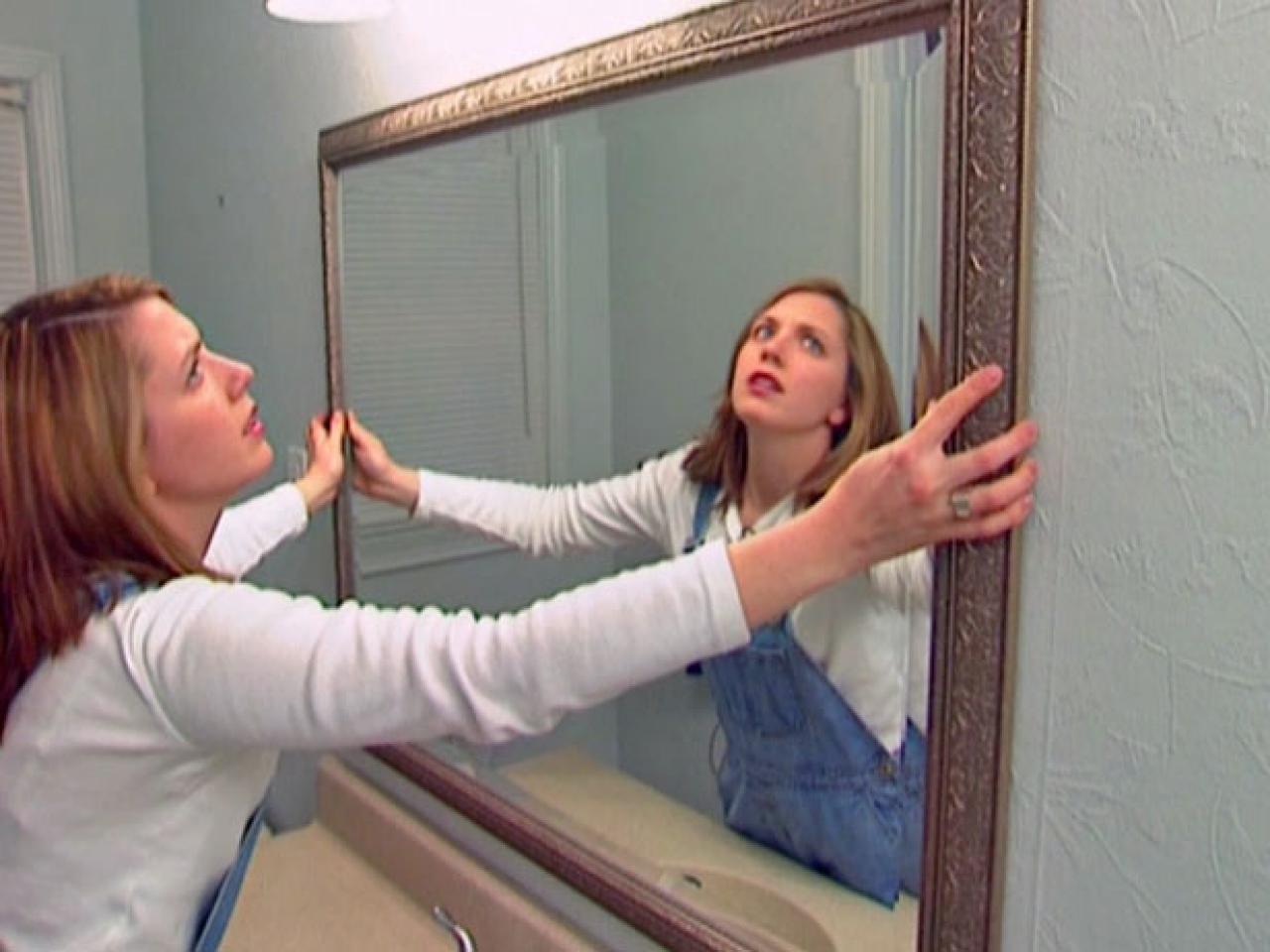

-1920w.jpg)





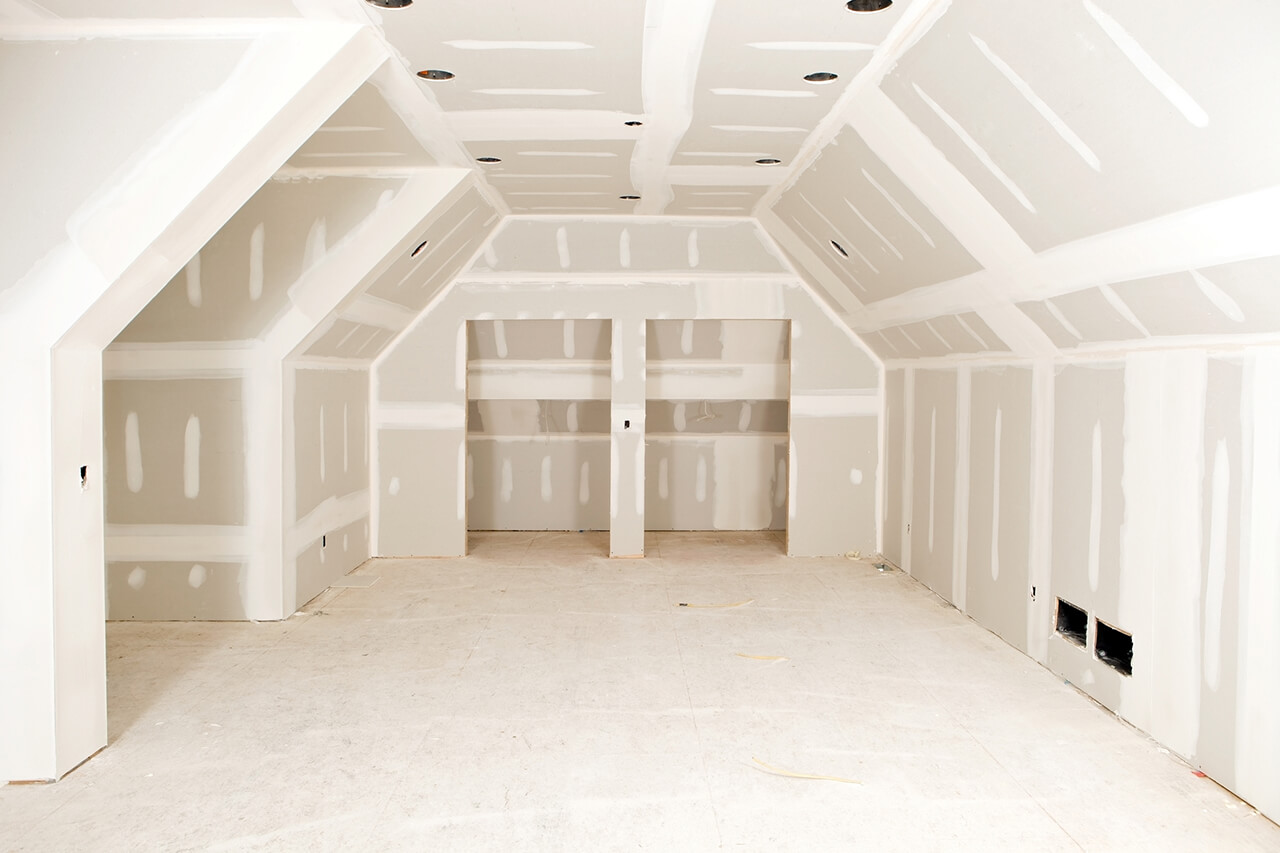
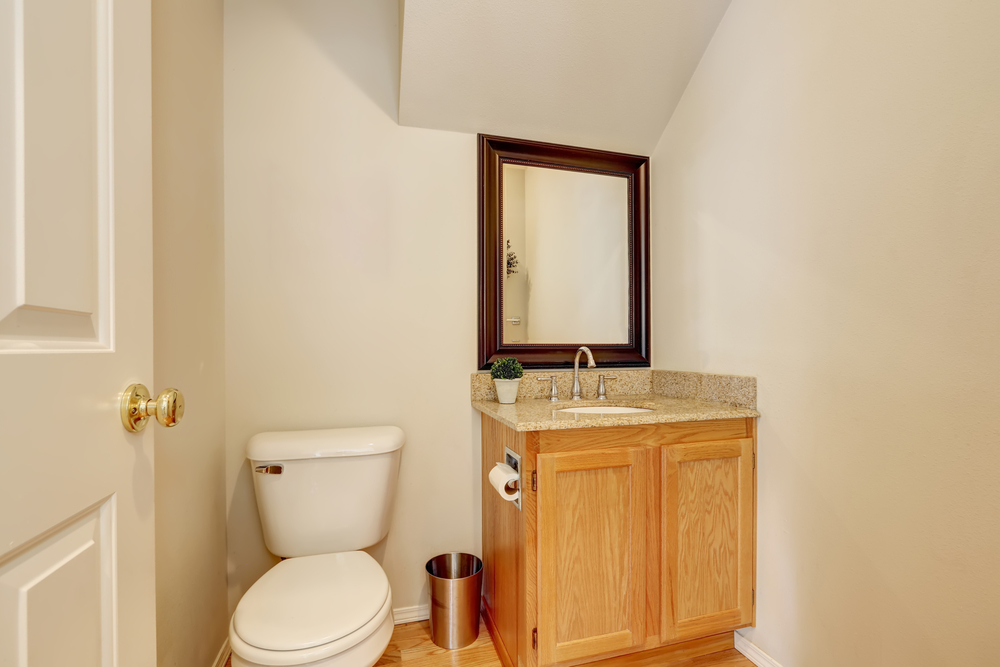



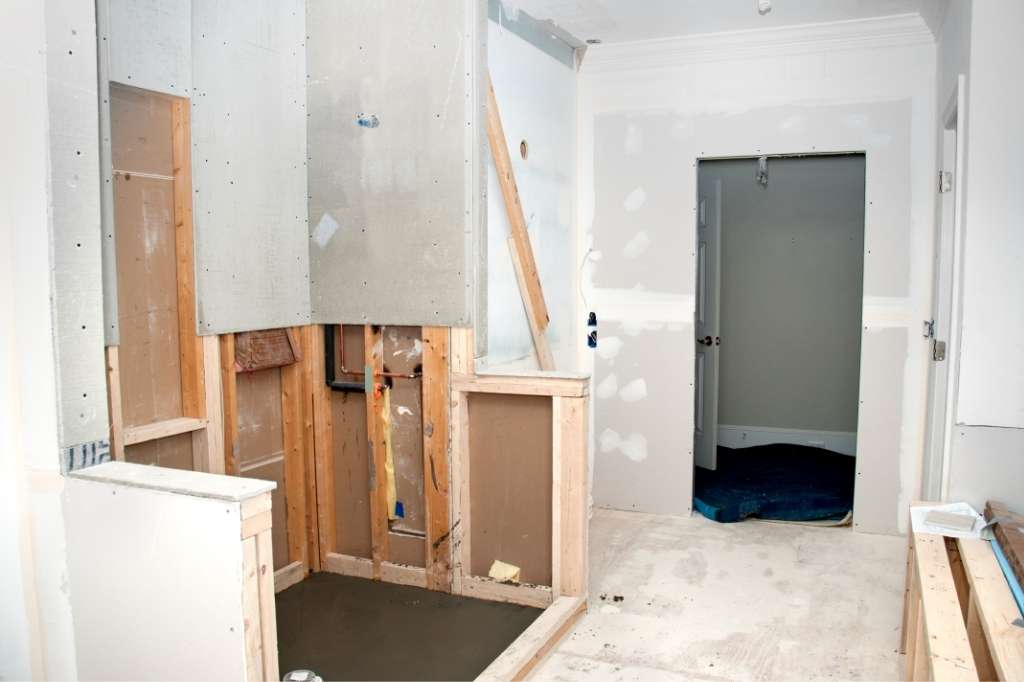
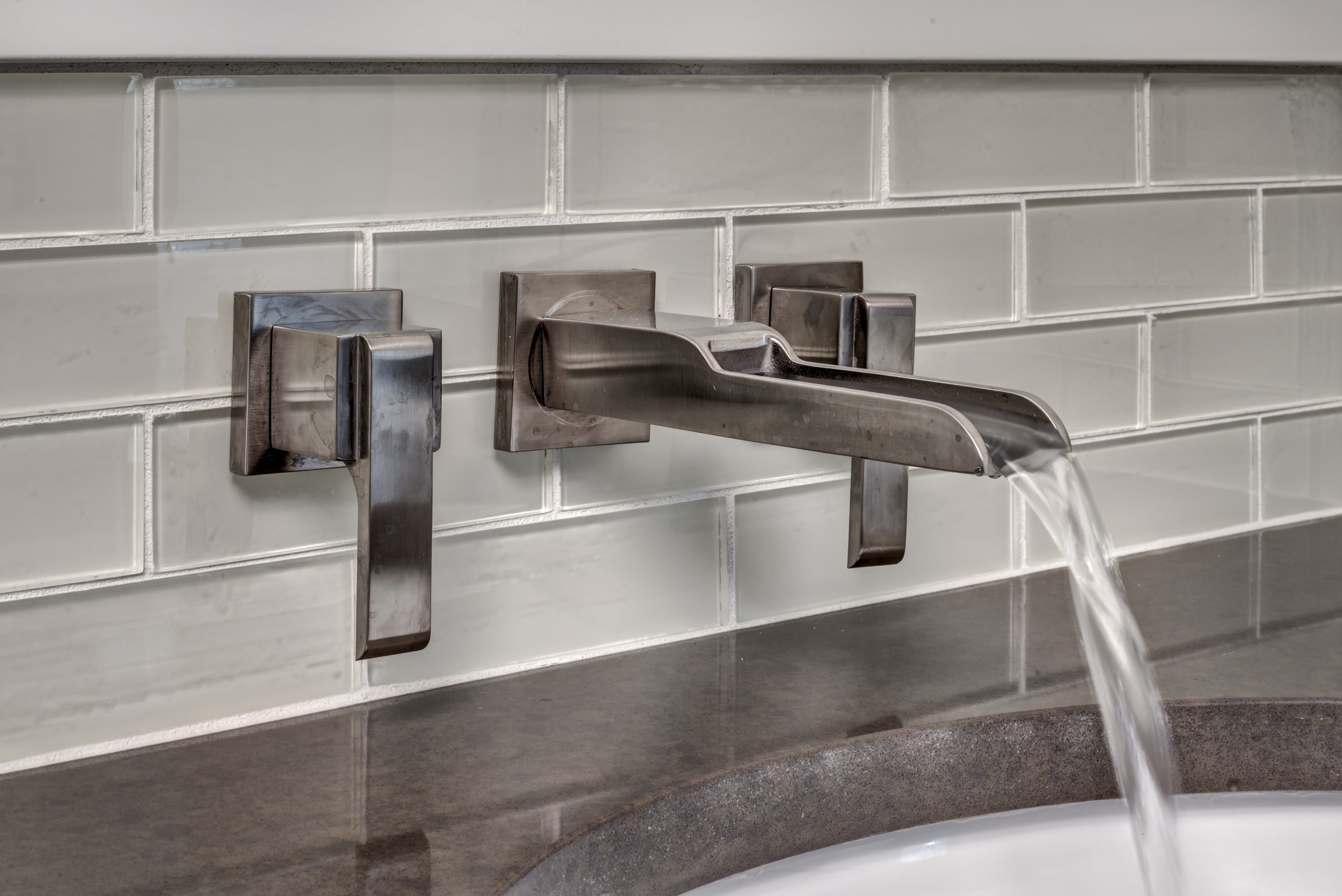

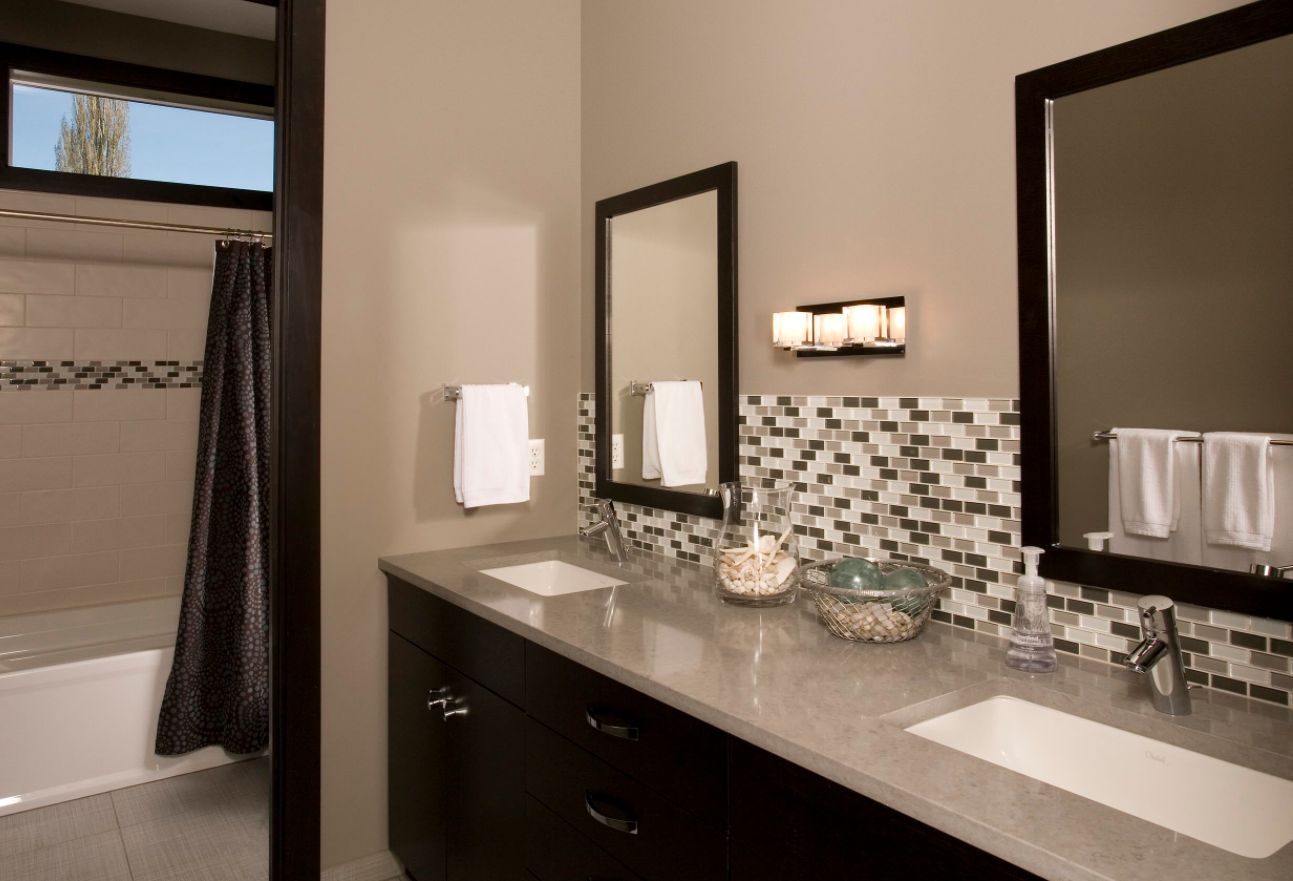
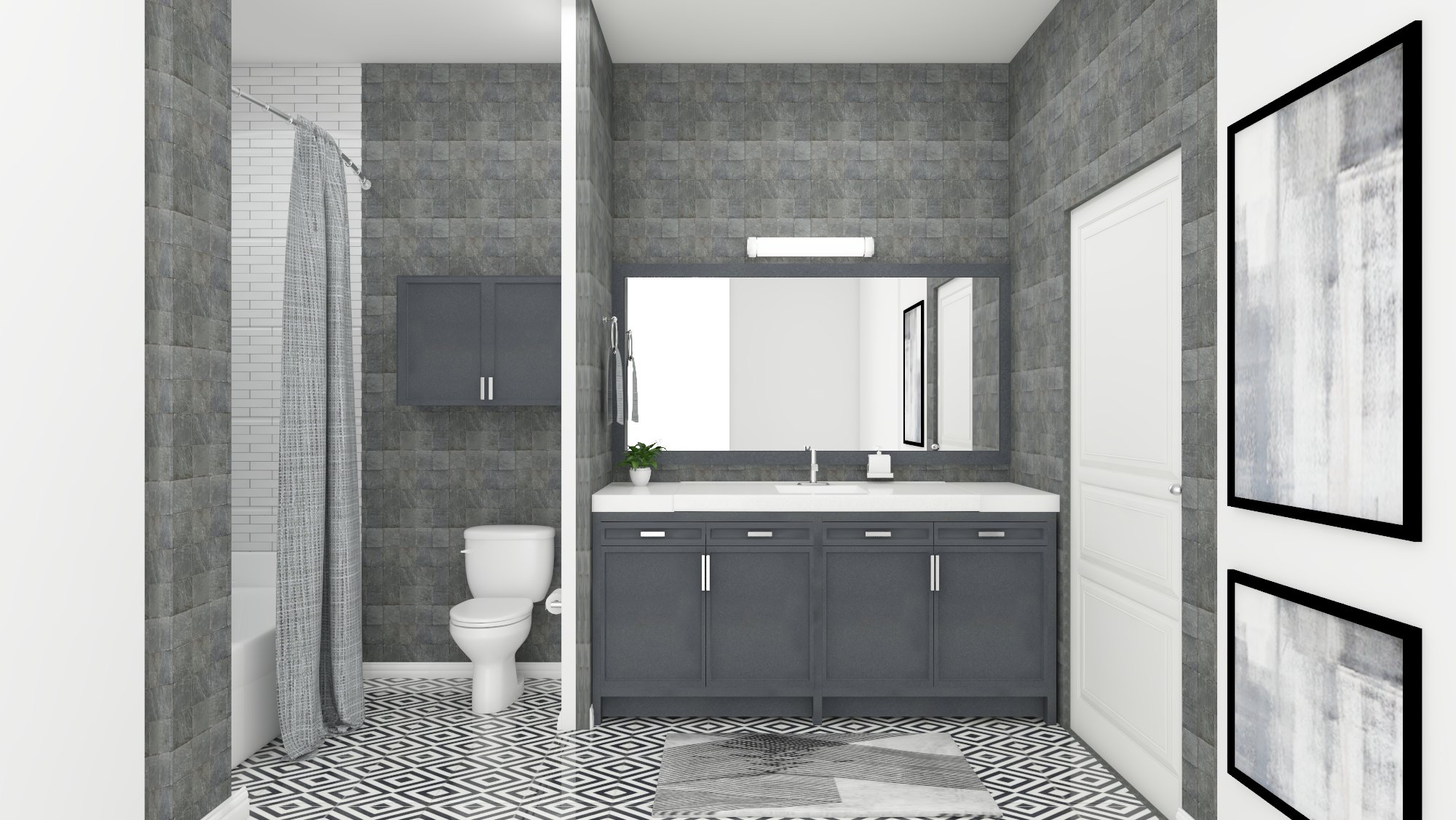









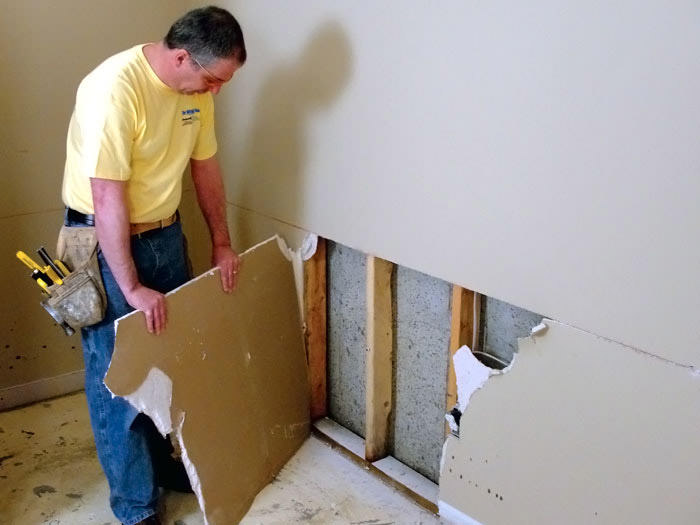







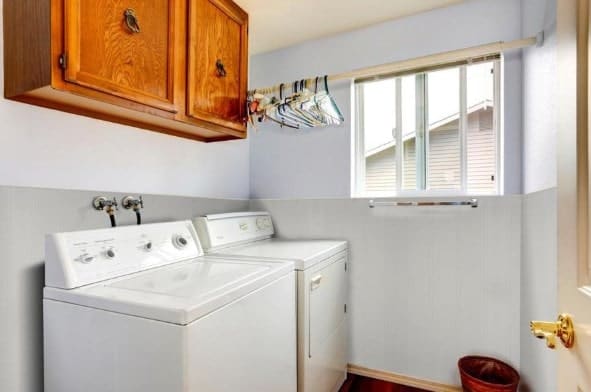



:max_bytes(150000):strip_icc()/hammering-the-sheetrock-856783758-351b0fb78f81447ab72638943fff487e.jpg)


/FancyVeerCorbisdrywall-5c116ed7c9e77c00019c80ec.jpg)
/drywall-taping-troubleshooting-1821476_hero-b7fd7ff0497e4421b2b37d58f1a8117f.jpg)








